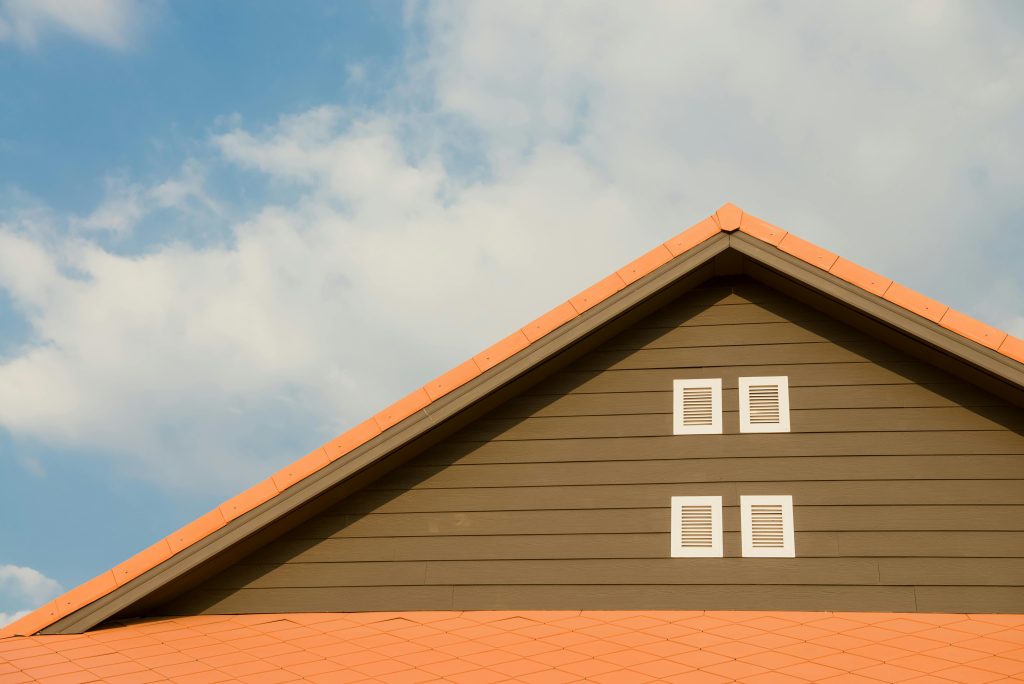Plastic roofing is becoming a popular choice in both residential and commercial construction. With its strong yet lightweight properties, aesthetic flexibility, and sustainability credentials, it’s quickly emerging as an alternative to conventional materials like metal or clay tiles.
If you’re planning a new build or upgrading an older roof, plastic roofing could offer exactly what you need: practicality, cost savings, and long-term performance.
Why Plastic Roofing Performs Well
When it comes to roof installation, plastic roofs typically made from polycarbonate or PVC offer impressive durability while remaining light enough for quick and easy installation. These materials are engineered to resist cracking and damage from high winds, heavy rain, and even hail, making them well-suited for the unpredictable UK climate.
Polycarbonate roofing, in particular, is known for its impact resistance, meaning it holds up well in tough conditions without the need for frequent repairs. Additionally, plastic roofs are naturally resistant to UV rays, helping them retain colour and structural integrity over time.
Certain plastic roofing types also assist in managing internal temperatures. By reducing the amount of heat absorbed through the roof, these materials can help maintain a cooler indoor environment, especially valuable during the summer months.
A More Sustainable Building Material
Plastic roofing has gained attention for its potential environmental advantages. Many options on the market are manufactured using recycled plastic, and the materials can often be recycled again after use. This contributes to a circular approach to building, reducing the volume of construction waste.
Production processes for plastic roofing typically consume less energy than those required for metal or tile, which further supports eco-conscious building practices. For projects targeting green certifications or aiming to reduce their overall carbon footprint, plastic roofing is a compelling option.
Flexible Design Possibilities
Another standout feature of plastic roofing is its design versatility. It’s available in various styles, from corrugated sheets to flat panels, and comes in a wide range of colours and finishes to match different building aesthetics.
This makes plastic roofing suitable for everything from garden outbuildings and extensions to larger-scale developments like shopping centres, sports facilities, and warehouses. In settings where daylight is desirable, such as greenhouses, workshops, or entrance canopies. Translucent sheets can maximise natural light without compromising insulation or weather protection.
Architects and designers often appreciate how plastic roofing allows for more creative freedom, offering structural and visual flexibility without excessive cost.
Cost-Effective and Low Maintenance
From a financial standpoint, plastic roofing is a smart investment. Its affordability, compared with traditional materials, makes it attractive to budget-conscious homeowners and builders. Also, its lightweight nature helps cut down on transportation and labour costs.
The low-maintenance qualities of plastic roofing are another big draw. These roofs typically require minimal upkeep. Their smooth surfaces make them less prone to moss or algae growth, and they don’t suffer from rust or erosion like metal roofing might.
With a long expected lifespan and few repair needs, plastic roofing allows property owners to spend less on long-term maintenance.
Why Consider Plastic Roofing?
Plastic roofing is proving its worth in projects across the UK and beyond. It offers a strong balance of affordability, ease of installation, durability, and sustainability. Whether you’re managing a large commercial development or enhancing your home, it’s a material that adapts to a wide range of needs.
As the construction industry continues to seek practical and efficient building methods, plastic roofing stands out as a solution that combines function and form without unnecessary complexity.





















